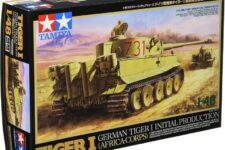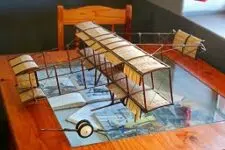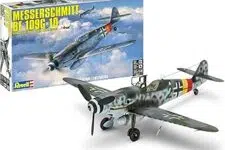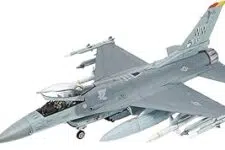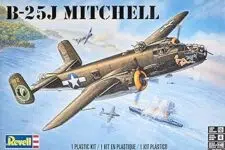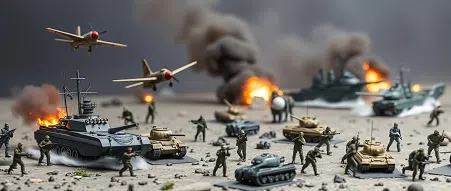
Exploring the Best Model Kits Plastic Options
Table of Contents
Unleash your creativity with the fascinating world of model kits plastic! You can discover and bring to life a treasure trove of models, including aircraft, ships, cars, and armored vehicles.
Remember, every model kits plastic you build is a chance to learn, grow, and perfect your craft. Each completed model is a testament to your skill, patience, and attention to detail. Strive for the highest level of realism, because there’s no greater thrill than seeing your masterpiece displayed with pride in your cabinet.
Model kits plastic are a favorite among hobbyists who enjoy assembling and detailing miniature replicas of real-world vehicles, aircraft, ships, and figures. These kits provide not only a rewarding hands-on activity but also a chance to develop skills in precision, patience, and creativity. Whether you’re a beginner building your first plastic airplane or an experienced modeler crafting a highly detailed warship, model kits plastic offer endless possibilities for customization and display.
Hobbyist Collections
For collectors and enthusiasts, model kits plastic are available in a wide range of scales, from small 1/72 tanks to large 1/16 figures or even 1/200 battleships. Each kit typically includes injection-molded plastic parts, decals, and instructions that guide builders step by step. With added paints, tools, and detailing accessories, hobbyists can transform simple kits into museum-quality pieces. The variety ensures that there’s something for everyone—military history buffs, car lovers, aircraft enthusiasts, or science fiction fans.
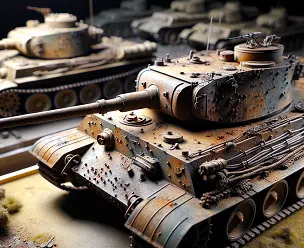
Model kits plastic are also highly valued for their educational benefits. Schools and workshops often use them to teach history, engineering principles, and fine motor skills. They encourage problem-solving while providing a relaxing and immersive experience. As the market continues to grow, model kits plastic remain a cornerstone of the scale modeling hobby, attracting new generations while keeping long-time builders engaged with fresh releases and innovative designs.
Read Instruction Manual First
Before starting your journey, carefully read the instruction manual to make sure all the parts are present and accounted for. Arm yourself with the right tools: a magnifying glass, a table light, a pen cutter, tweezers, and small pliers. Remember, preparation today saves time tomorrow.
Consider investing in model paints and thinners specifically designed for your chosen kit. An airbrush with an air compressor can elevate your model to new heights of realism. You will also need clothing, fine brushes, sandpaper, and a cutting mat. Ensure your model kits plastic is well-lit and free from shadows to enhance the quality of your work.
Clean Workspace – Fine Model Quality
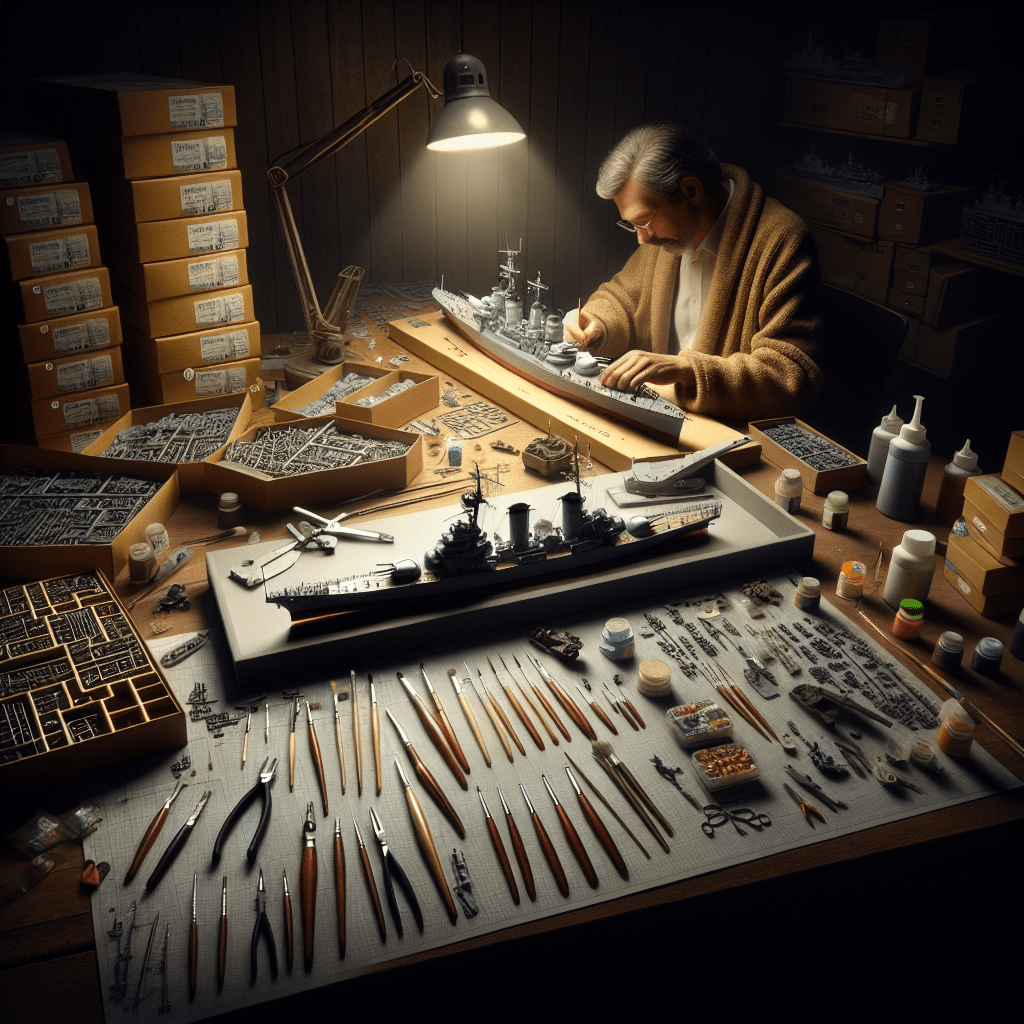
It’s important to have a dedicated workspace that doesn’t interfere with the rest of the house. Consider creating a personalized carrying case to keep all your materials in one place.
Don’t be in a hurry to clip parts off the sprue if they’re still whole. If a part is missing or deformed, contact the manufacturer and provide the component and model kit number. Patience is key here, as the shipment may take a few weeks, but it’s absolutely free.
Before assembly, clean all components gently in lukewarm water. This removes any residual release agent, which might hinder the adhesion of glue and paints. Handle with care to avoid breaking any parts.
When it comes to painting, consider painting the smaller parts while they’re still attached to the sprue. Follow the instructions for the order of painting. For example, the interiors of the cockpit should be painted before attaching the two sides of the fuselage. Masking might take time and dedication, but it’s worth it for the flawless finish.
Polystyrene—The Standard Material
Polystyrene is the chosen material for these model kits because of its ease to cut and sand. Experienced modelers can modify and transform a single kit into numerous versions. Given its delicacy, it’s crucial to use model paints specifically developed for polystyrene kits. Avoid other types of paint, as their solvents can distort your model.
When it comes to glue, stick to the ones specifically designed for polystyrene model kits. Apply a thin layer of glue on the borders that need to be fused. Avoid using too much glue, as the residue can smudge your model. Liquid cement is the recommended adhesive.
Now, get ready to embark on your model-building journey. Each step, each piece, each brushstroke brings you closer to your masterpiece. Remember, the joy is not just in the final product but in every moment of the creation process. Let’s get building!
Conclusion:
In summary, model kits plastic stand out as one of the most versatile and rewarding hobbies available today. They combine entertainment, education, and artistry into a single package that appeals to all ages. Whether you build them for relaxation, historical appreciation, or competitive showcasing, model kits plastic continue to inspire creativity and passion worldwide.


